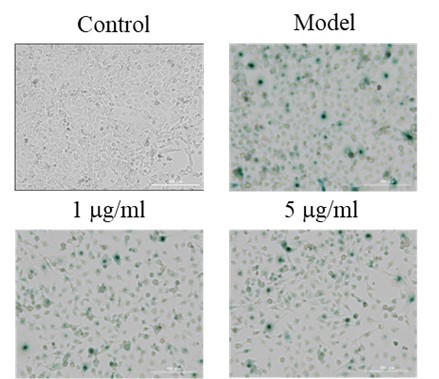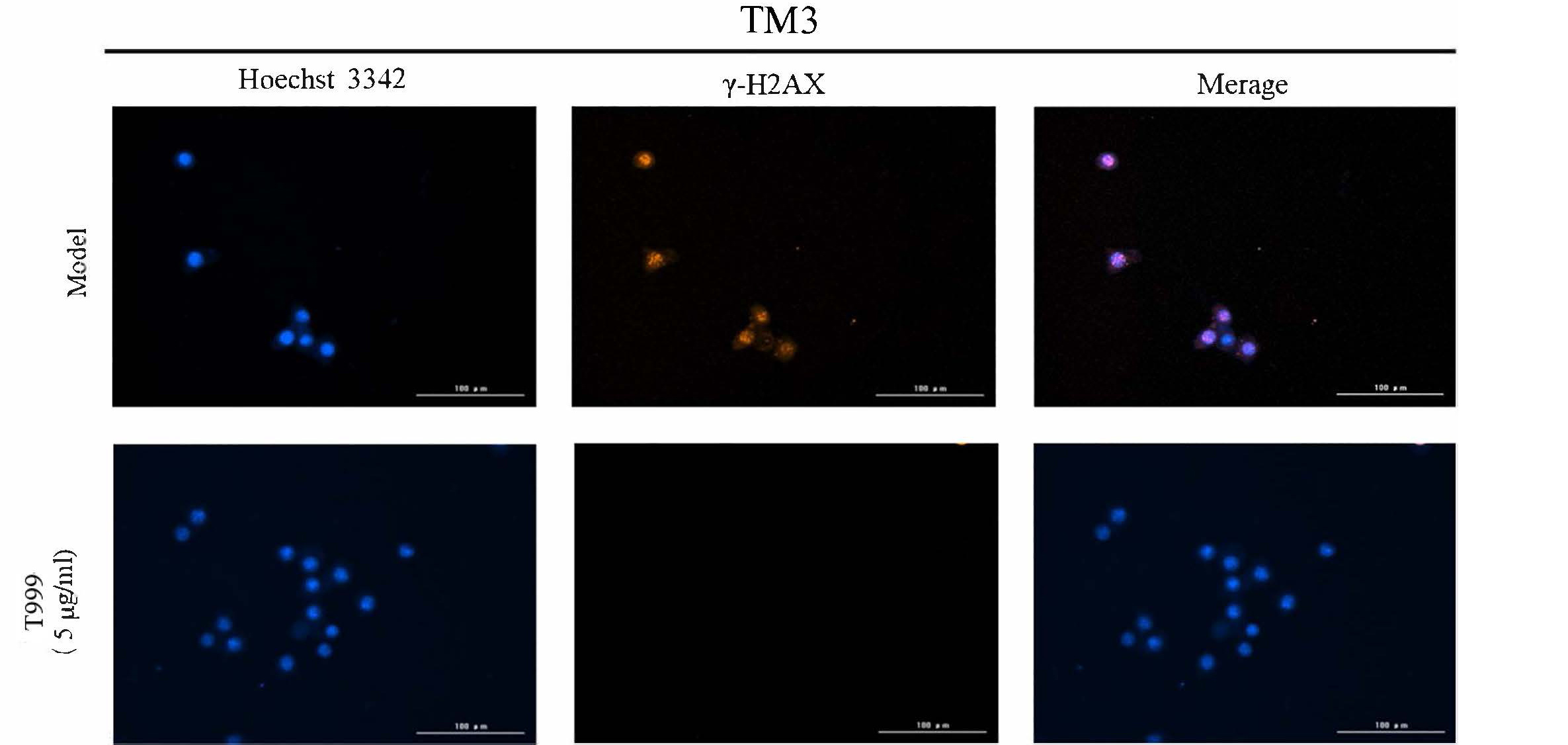What we can expect T999 do
Anti-Aging
1. Drosophila Survival Experiments
Lifespan is a crucial and intuitive indicator in anti-aging research. An experiment assessing the effect of T999 on the lifespan of aging male fruit flies revealed that the addition of T999 at concentrations of 0.05 g/L and 0.02 g/L to the culture medium significantly reduced the number of deceased fruit flies compared to the control group. These results suggest that T999 exhibits notable anti-aging effects. The specific pharmacological mechanisms underlying these effects are still under investigation.
Table 4 Effects of fenugreek extract on the life span of male fruit flies (X±SD, n=10)
|
Group |
Dose (g/kg) |
Number of deaths |
|
Control |
20% sucrose solution |
-11 |
|
Positive control |
20% sucrose solution |
0 |
|
T999 |
0.05g/L |
-4 |
|
T999 |
0.02g/L |
-4 |
Experimental institution: Hunan Key Laboratory of Small Molecule Drug Discovery and Translation for Chronic Disease Diagnosis and Treatment.
Experimental conditions:
1.1. Preparation of Culture Media
● Add T999 to the ordinary culture medium to create drug-containing media at concentrations of 0.02 g/L and 0.05 g/L.
● For the blank control group, use aging fruit flies with a 20% sucrose solution.
● For the positive control group, select young fruit flies and also use a 20% sucrose solution.
1.2. Culture Period
Culture the fruit flies in their respective media for 3 days.
1.3. Transfer to Normal Food
After the 3-day culture, transfer the fruit flies to a normal food group.
1.4. Observation Setup
Place the fruit flies in a transparent cylinder for observation.
1.5. Group Size
Use 80 to 100 fruit flies in each group.
1.6. Mortality Assessment
Count the number of fruit flies that died after 6 days.
This experimental setup allows for the evaluation of the effects of T999 on the survival of aging fruit flies, providing insights into its potential anti-aging properties.
2. Cell Experiments
Another cell experiment demonstrated that adding T999 to senescent cells for 48 hours significantly alleviated cellular senescence. This treatment reduced the positive rate of β-galactosidase, which is typically higher in senescent cells compared to normal cells. Additionally, T999 downregulated the expression of senescence marker proteins p53 and p16, while also repairing DNA damage in senescent cells. These findings provide compelling evidence that T999 can function as a natural anti-aging substance.
Fig.7 SA-β-Gal staining results of T999 on senescent HIEC-6 cells
 Fig. 8 Effects of T999 on the expression levels of p53 and p16 proteins in HUVCES cells (**P<0.01, ***P<0.001, ****P<0.0001 compared with blank control group, n=3)
Fig. 8 Effects of T999 on the expression levels of p53 and p16 proteins in HUVCES cells (**P<0.01, ***P<0.001, ****P<0.0001 compared with blank control group, n=3)

Fig.9 Effect of T999 on γH2AX expression level in TM3 cells
Experimental institution: Hunan Key Laboratory of Small Molecule Drug Discovery and Translation for Chronic Disease Diagnosis and Treatment.
Experimental conditions:
2.1. Cell Selection
Testicular interstitial cells (TM3), normal intestinal epithelial cells (HIEC-6), and human umbilical vein endothelial cells (HUVCES) were selected for the study.
2.2. Senescent Cell Model
Establish a senescent cell model using appropriate drugs to induce senescence in the selected cell types.
2.3. Treatment with T999
Add T999 at different concentrations (0, 0.1, 1, and 5 µg/ml) to the senescent cell cultures.
2.4. Incubation Period
Incubate the cells for 48 hours after treatment with T999.
2.5. Detection Methods
● β-Galactosidase Staining: Perform β-galactosidase staining to assess senescence, measuring the content of β-galactosidase in the cells.
● Western Blotting (WB): Analyze the expression of senescence markers P53 and P16 using Western blotting techniques.
● DNA Damage Assessment: Evaluate DNA damage by performing γH2AX staining to identify the presence of DNA damage in the cells.
This experimental design allows for a comprehensive assessment of the effects of T999 on cellular senescence, including its impact on senescence markers and DNA damage repair.


